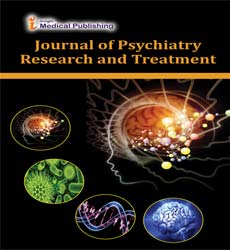Mental Positive Effects of Activity using Navigation System
Abstract
Physical activity provides benefits in adults. Research suggests that exposure to nature and time spent outdoors may also have effects on health. Adults are the active segment of our population, and are likely to spend less time outdoors. The relationship between time spent in PA, outdoor, and various health outcomes was assessed for 150 older adults living in communities. Participants wore an accelerometer and GPS device for 5 days. They also completed assessments of physical, cognitive, and emotional functioning. Analyses of variance were employed with a main and interaction effect tested for ±20 min physical activity and outdoor time. Significant differences were found for those who spent >20 min in PA or outdoors for depressive symptoms, fear of falling, and self-reported functioning. Time to complete a 400 m walk was significantly different by Physical activity time only. Cognitive functioning scores were not significantly different. The interactions were also not significant. This study is one of the first to demonstrate the feasibility of using accelerometer and Navigation data concurrently to assess Physical activity location in older adults. Future analyses will shed light on potential causal relationships and could inform guidelines for outdoor activity. If Physical activity and outdoor time both have independent effects on health public health guidelines should encourage adults to perform Physical activity outdoors as a more efficient way to obtain both sets of health benefits. It is currently unknown if this advice is justified. Since the mechanism relating outdoor time to health is unknown, it is not clear whether the benefits of PA and outdoor time are additive or multiplicative.
The purposes of the current study are:
(1) To assess whether 20+ min of outdoor time per day is associated with health benefits in adults;
(2) To determine if health benefits of outdoor time are additive to benefits of 20+ min/day of PA. The study used an objective measure and an objective measure of outdoor time (GPS). The study focused on older adults, as the issue of promoting outdoor activity appears most important in this age group with older adults having the lowest levels of PA of any age group, and likely to spend less time outdoors than other age groups . If benefits of outdoor PA can be shown for older adults, this specific activity could be included in population and practice guidelines and efforts to provide safe outdoor environment for adults would be required.
Open Access Journals
- Aquaculture & Veterinary Science
- Chemistry & Chemical Sciences
- Clinical Sciences
- Engineering
- General Science
- Genetics & Molecular Biology
- Health Care & Nursing
- Immunology & Microbiology
- Materials Science
- Mathematics & Physics
- Medical Sciences
- Neurology & Psychiatry
- Oncology & Cancer Science
- Pharmaceutical Sciences
